Trojan:Win32/Egairtigado Malware
Problems with Trojan:Win32/Egairtigado? Read this guide — we’ll show you exactly what this Trojan is, how it enters your computer, and the safest way to remove it completely.
Trojan:Win32/Egairtigado is a harmful Trojan infection that disguises itself as a trusted Adobe Reader installer. Once launched, it begins operating quietly in the background, downloading and activating additional malicious components. This threat is part of the “downloader Trojan” group — malicious programs created to bring in more viruses, which can cause multiple infections and put your data and privacy at serious risk.
After we examined several reports, we found that cybercriminals distribute Trojan:Win32/Egairtigado through fake software updates, pirated applications, and misleading installation files. Many users become infected when downloading freeware from unreliable sites or by opening infected email attachments that seem legitimate. Phishing campaigns pretending to be from banks or popular companies are also a frequent source of infection.
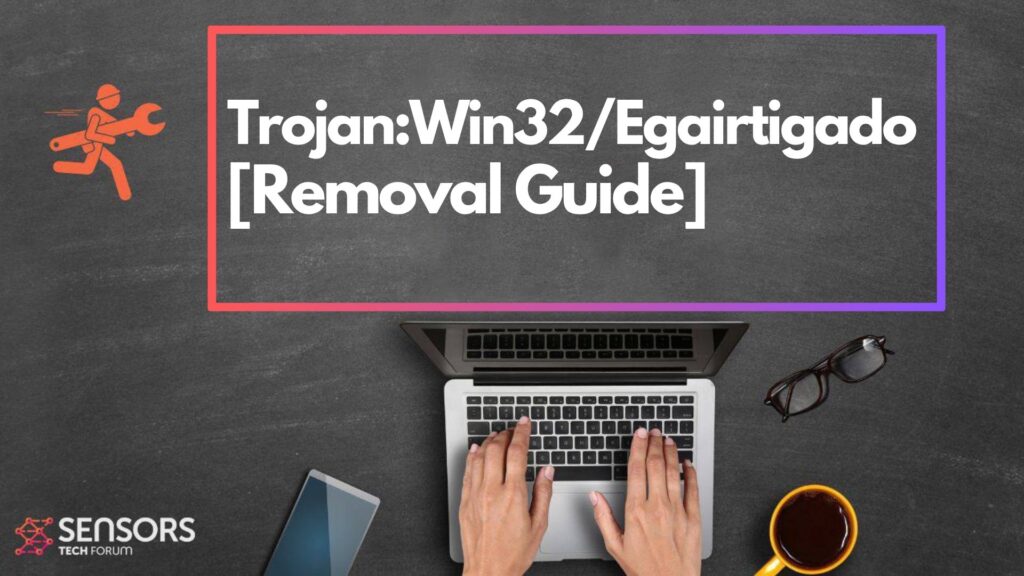
Trojan:Win32/Egairtigado Summary
| Type | Trojan Horse / Malware |
| Brief Description | Fake setup malware that can perform various malicious activities on the system. |
| Symptoms | Your computer could become very slow and even freeze from time to time; excessive CPU usage is also possible. |
| Distribution Technique | Bundled downloads. Web pages which may promote it. |
| Detection Tool |
See if the System is impacted by Trojan:Win32/Egairtigado
Down Load
Malware Removal Tool
|
Trojan:Win32/Egairtigado Loader – Why Is It on My System?
If your antivirus detected “Trojan:Win32/Egairtigado Loader,” it means this Trojan has already infiltrated your device. It often hides within cracked programs, patch tools, or software update windows that appear authentic. Because it runs silently, it can stay unnoticed for a long time — many users only realize it’s there after seeing slow performance or unfamiliar background processes.
During our analysis, we found that the Trojan:Win32/Egairtigado loader mainly spreads via torrent downloads, compromised websites, and deceptive pop-up messages. Its main purpose is to remain undetected while keeping a continuous connection with remote attackers who can control your system from afar.
Key Features and Risks of Trojan:Win32/Egairtigado Malware
Spreading Harmful Programs
Hackers use Trojan:Win32/Egairtigado as a delivery tool to install other malicious software, including ransomware, spyware, and banking Trojans. Once it’s running, it exploits security loopholes to drop additional malware via phishing emails, fake updates, or infected web content.
System Vulnerabilities
This Trojan makes deep modifications to important operating system files and registry entries so it can restart automatically after every reboot. It uses stealth tactics to evade antivirus software and allows attackers remote access, giving them the ability to manipulate, delete, or damage your system files.
Stealing Personal Data
Trojan:Win32/Egairtigado poses a major privacy concern — it can track your online behavior, record what you type, and steal confidential information such as credit card numbers or account passwords. Hackers often sell this stolen data on underground forums or use it for online fraud and unauthorized transactions. Victims typically discover the compromise only after noticing unusual account activity or financial losses.
Remote Control by Hackers
Once connected to a distant command-and-control server, cybercriminals gain complete control over the infected computer. They can issue direct commands, upload new threats, or use your machine as part of larger cyberattacks — all without your consent or even realizing it’s happening.
Preparation before removing Trojan:Win32/Egairtigado.
Before starting the actual removal process, we recommend that you do the following preparation steps.
- Make sure you have these instructions always open and in front of your eyes.
- Do a backup of all of your files, even if they could be damaged. You should back up your data with a cloud backup solution and insure your files against any type of loss, even from the most severe threats.
- Be patient as this could take a while.
- Scan for Malware
- Fix Registries
- Remove Virus Files
Step 1: Scan for Trojan:Win32/Egairtigado with SpyHunter Anti-Malware Tool
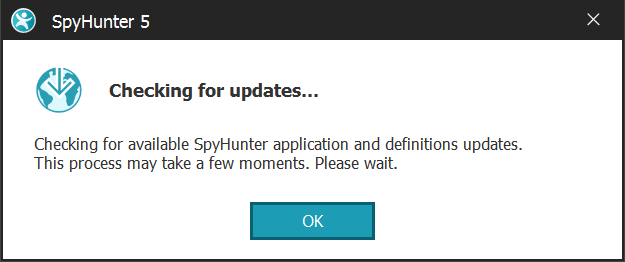
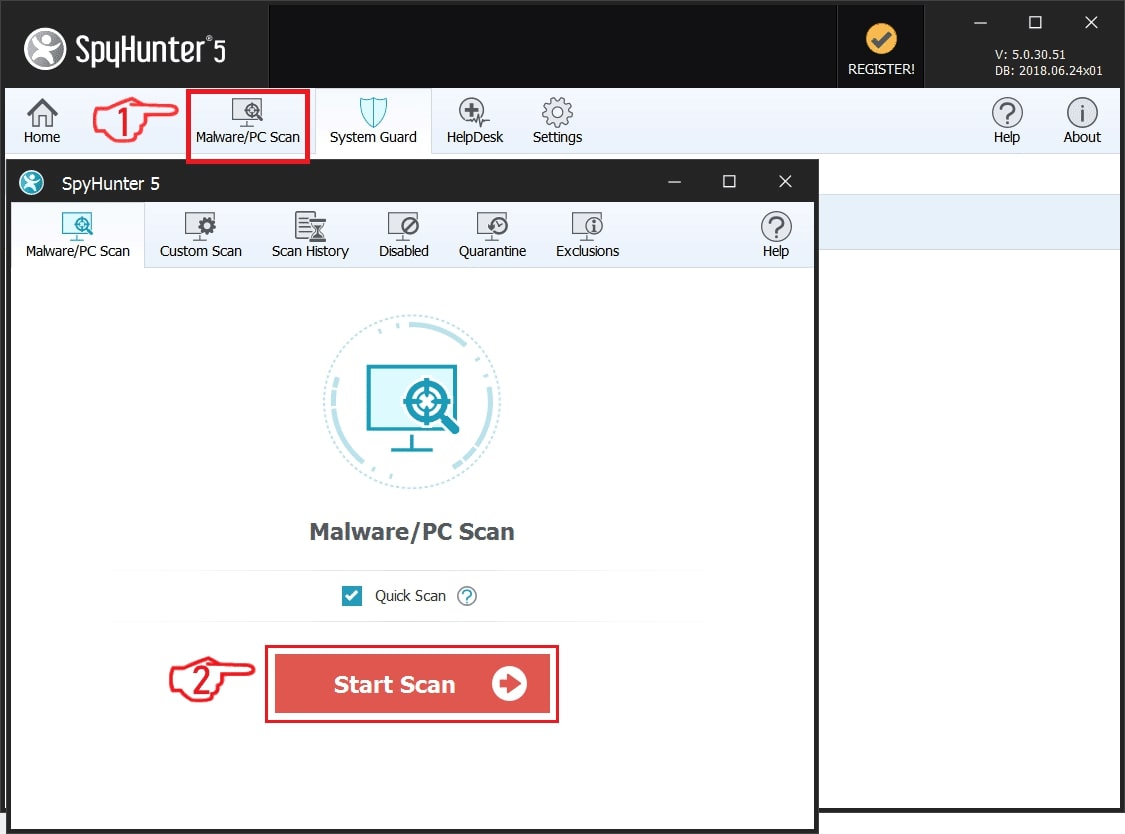
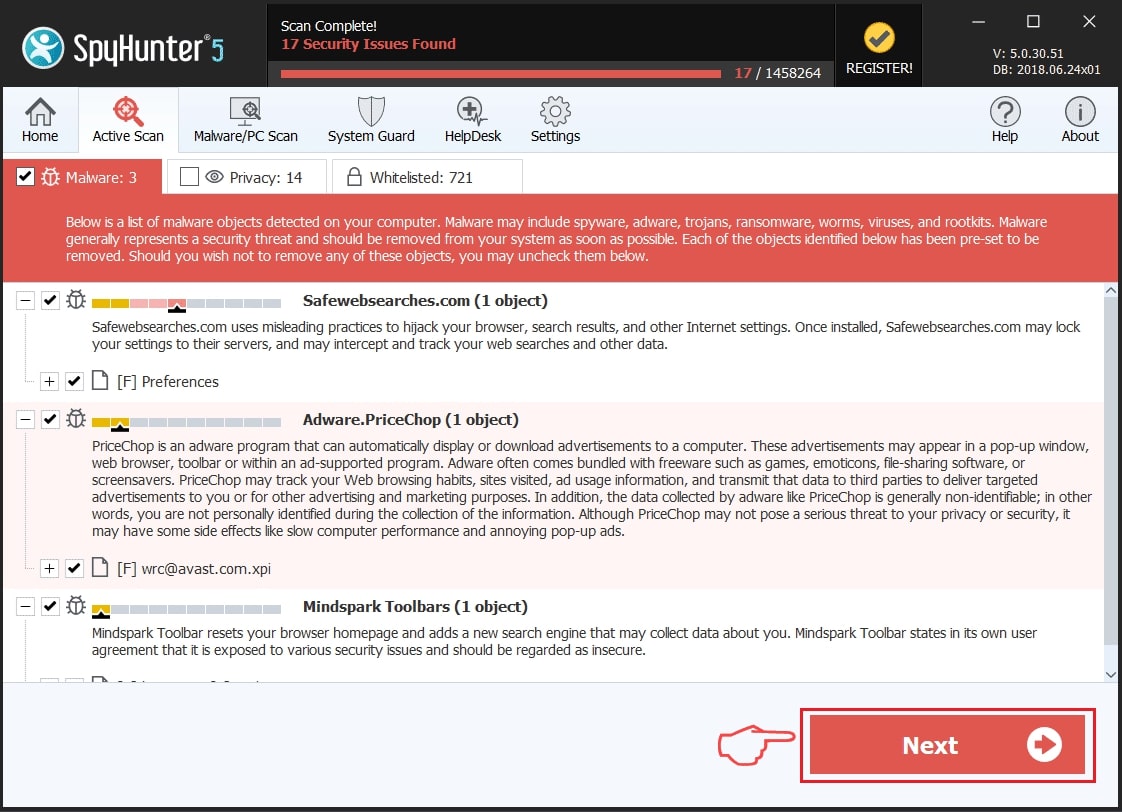
Step 2: Clean any registries, created by Trojan:Win32/Egairtigado on your computer.
The usually targeted registries of Windows machines are the following:
- HKEY_LOCAL_MACHINE\Software\Microsoft\Windows\CurrentVersion\Run
- HKEY_CURRENT_USER\Software\Microsoft\Windows\CurrentVersion\Run
- HKEY_LOCAL_MACHINE\Software\Microsoft\Windows\CurrentVersion\RunOnce
- HKEY_CURRENT_USER\Software\Microsoft\Windows\CurrentVersion\RunOnce
You can access them by opening the Windows registry editor and deleting any values, created by Trojan:Win32/Egairtigado there. This can happen by following the steps underneath:
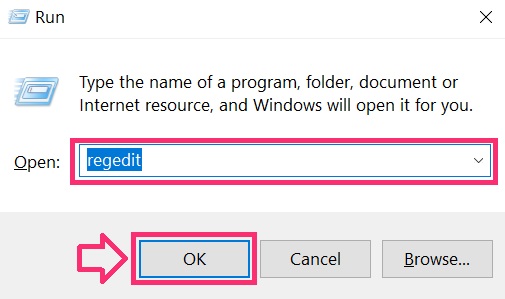

 Tip: To find a virus-created value, you can right-click on it and click "Modify" to see which file it is set to run. If this is the virus file location, remove the value.
Tip: To find a virus-created value, you can right-click on it and click "Modify" to see which file it is set to run. If this is the virus file location, remove the value.Step 3: Find virus files created by Trojan:Win32/Egairtigado on your PC.
1.For Windows 8, 8.1 and 10.
For Newer Windows Operating Systems
1: On your keyboard press + R and write explorer.exe in the Run text box and then click on the Ok button.
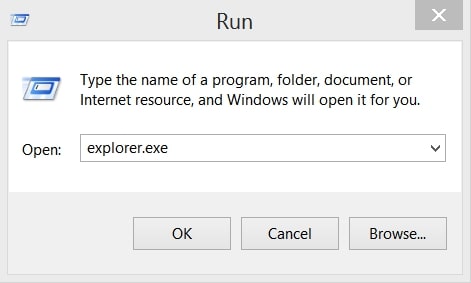
2: Click on your PC from the quick access bar. This is usually an icon with a monitor and its name is either “My Computer”, “My PC” or “This PC” or whatever you have named it.
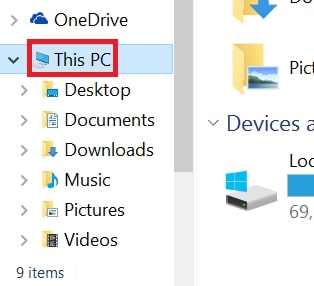
3: Navigate to the search box in the top-right of your PC's screen and type “fileextension:” and after which type the file extension. If you are looking for malicious executables, an example may be "fileextension:exe". After doing that, leave a space and type the file name you believe the malware has created. Here is how it may appear if your file has been found:
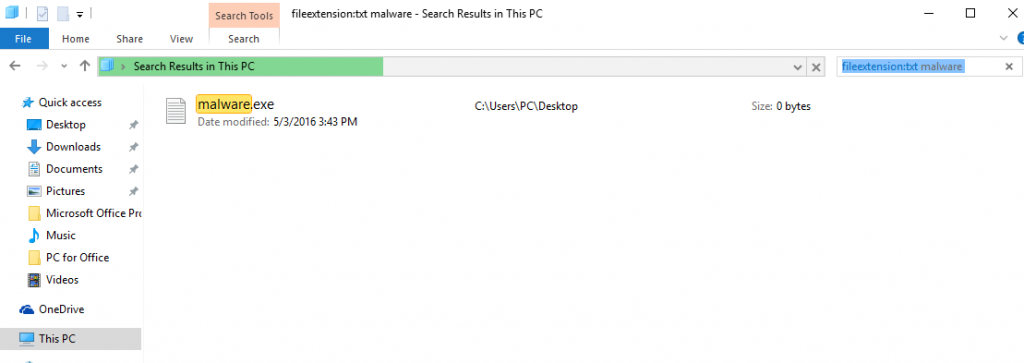
N.B. We recommend to wait for the green loading bar in the navigation box to fill up in case the PC is looking for the file and hasn't found it yet.
2.For Windows XP, Vista, and 7.
For Older Windows Operating Systems
In older Windows OS's the conventional approach should be the effective one:
1: Click on the Start Menu icon (usually on your bottom-left) and then choose the Search preference.

2: After the search window appears, choose More Advanced Options from the search assistant box. Another way is by clicking on All Files and Folders.
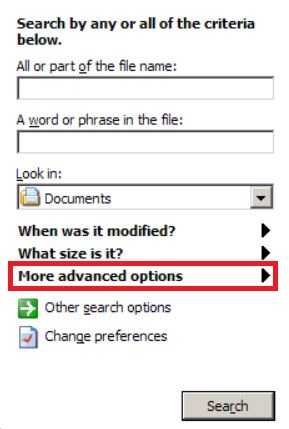
3: After that type the name of the file you are looking for and click on the Search button. This might take some time after which results will appear. If you have found the malicious file, you may copy or open its location by right-clicking on it.
Now you should be able to discover any file on Windows as long as it is on your hard drive and is not concealed via special software.
Trojan:Win32/Egairtigado FAQ
What Does Trojan:Win32/Egairtigado Trojan Do?
The Trojan:Win32/Egairtigado Trojan is a malicious computer program designed to disrupt, damage, or gain unauthorized access to a computer system. It can be used to steal sensitive data, gain control over a system, or launch other malicious activities.
Can Trojans Steal Passwords?
Yes, Trojans, like Trojan:Win32/Egairtigado, can steal passwords. These malicious programs are designed to gain access to a user's computer, spy on victims and steal sensitive information such as banking details and passwords.
Can Trojan:Win32/Egairtigado Trojan Hide Itself?
Yes, it can. A Trojan can use various techniques to mask itself, including rootkits, encryption, and obfuscation, to hide from security scanners and evade detection.
Can a Trojan be Removed by Factory Reset?
Yes, a Trojan can be removed by factory resetting your device. This is because it will restore the device to its original state, eliminating any malicious software that may have been installed. Bear in mind that there are more sophisticated Trojans that leave backdoors and reinfect even after a factory reset.
Can Trojan:Win32/Egairtigado Trojan Infect WiFi?
Yes, it is possible for a Trojan to infect WiFi networks. When a user connects to the infected network, the Trojan can spread to other connected devices and can access sensitive information on the network.
Can Trojans Be Deleted?
Yes, Trojans can be deleted. This is typically done by running a powerful anti-virus or anti-malware program that is designed to detect and remove malicious files. In some cases, manual deletion of the Trojan may also be necessary.
Can Trojans Steal Files?
Yes, Trojans can steal files if they are installed on a computer. This is done by allowing the malware author or user to gain access to the computer and then steal the files stored on it.
Which Anti-Malware Can Remove Trojans?
Anti-malware programs such as SpyHunter are capable of scanning for and removing Trojans from your computer. It is important to keep your anti-malware up to date and regularly scan your system for any malicious software.
Can Trojans Infect USB?
Yes, Trojans can infect USB devices. USB Trojans typically spread through malicious files downloaded from the internet or shared via email, allowing the hacker to gain access to a user's confidential data.
About the Trojan:Win32/Egairtigado Research
The content we publish on SensorsTechForum.com, this Trojan:Win32/Egairtigado how-to removal guide included, is the outcome of extensive research, hard work and our team’s devotion to help you remove the specific trojan problem.
How did we conduct the research on Trojan:Win32/Egairtigado?
Please note that our research is based on an independent investigation. We are in contact with independent security researchers, thanks to which we receive daily updates on the latest malware definitions, including the various types of trojans (backdoor, downloader, infostealer, ransom, etc.)
Furthermore, the research behind the Trojan:Win32/Egairtigado threat is backed with VirusTotal.
To better understand the threat posed by trojans, please refer to the following articles which provide knowledgeable details.


